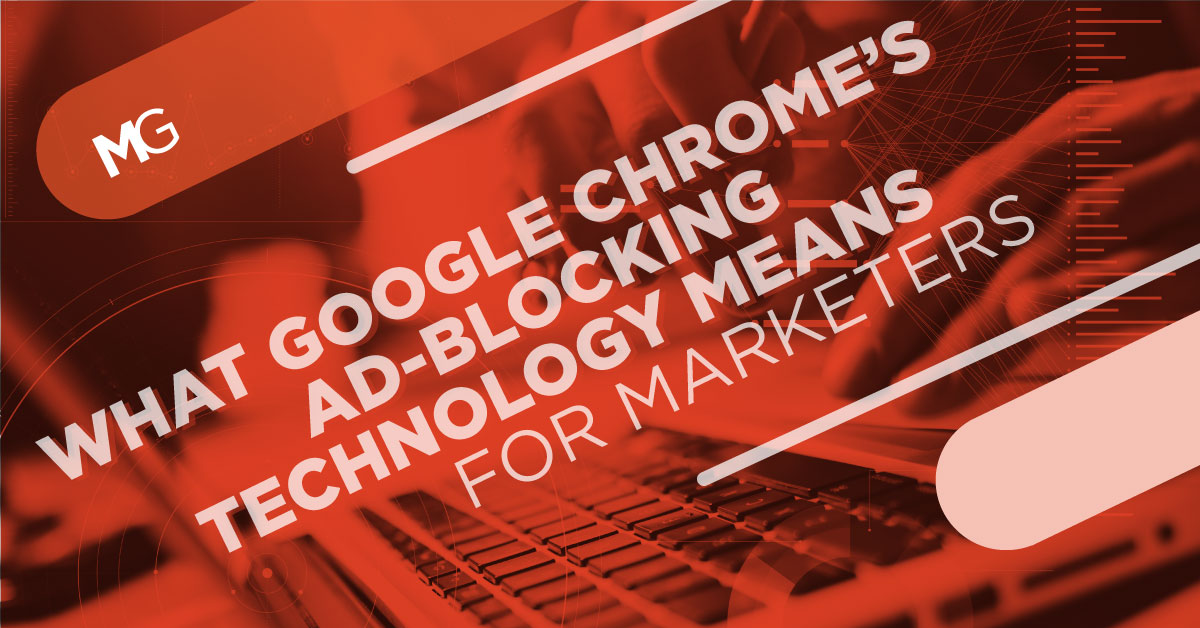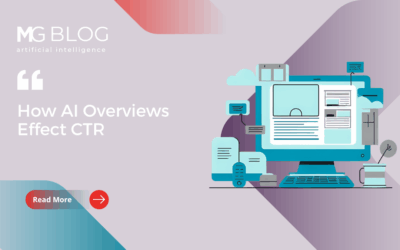Google Chrome, which owns 56 percent of global browser market share, rolled out its integrated ad-blocking technology last week. Google will be determining what ads it deems as “bad” by blocking display ads that automatically play sound, “pop” with countdowns and ads that stick to the top of your browser and follow you down the page. These ads don’t meet newly created standards set by the Coalition for Better Ads, a group of Internet companies, digital advertisers and publishers.
Google has been working to create guidelines for website owners that would assess their sites to see if their domains were compliant. Websites that failed would be blacklisted and need to re-submit their site to Google in order run ads on their end. The move has been precipitated by the desire to actively give users cleaner interactions and experiences on the web. Currently, four types of desktop ads and eight types of mobile ads have been flagged for being non-compliant:
Desktop Ads
- Pop-up ads
- Prestitial ads with countdown
- Auto-play ads with sound (Outstream)
- Large sticky ads
Mobile Ads
- Pop-up ads
- Prestitial ads
- Autoplay video ads with sound
- Postitial ads with countdown
- Density 0>30%
- Flashing animated ads
- Large sticky ads
- Full-screen scroll over ads
From what we can tell for now, Google won’t be blocking its own ads, giving the giant’s additional and considerable influence over the advertising industry. With the percentage of users employing stand-alone ad blocking software down to 18 percent in the United States – this move also has the potential to discourage the rest of the market from installing more stringent ad blockers.
Larger publishers and websites were notified of the coming changes and over 40 of those made internal changes to comply with Google’s new standards. While this move doesn’t come as a surprise, it again shines the light on an ad industry that’s working (and being pushed by advertisers) to clean up its supply chain.
With media giant Unilever working with IBM to employ blockchain technology to help it improve transparency and efficiency across the digital media supply chain and ad trading process, it’s clear advertisers and publishers are taking the industry’s issues seriously.
Stay tuned to the Merritt Group blog stay up to speed on the latest developments or check out our digital marketing services to learn more about how we can help you navigate the landscape.




